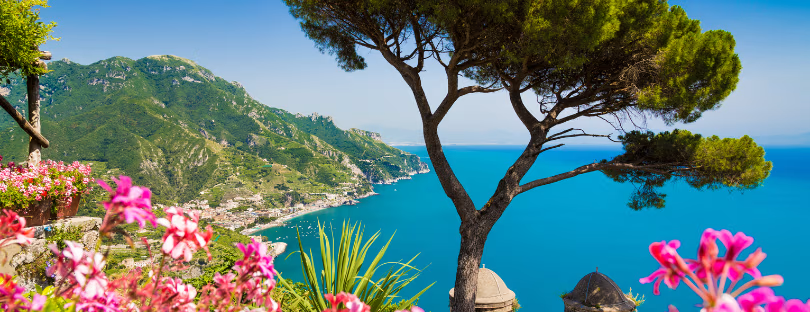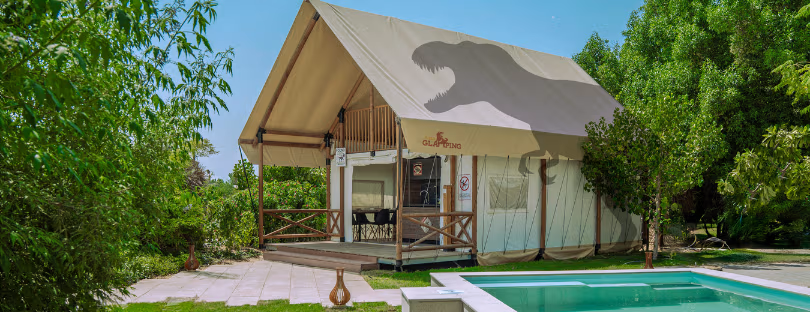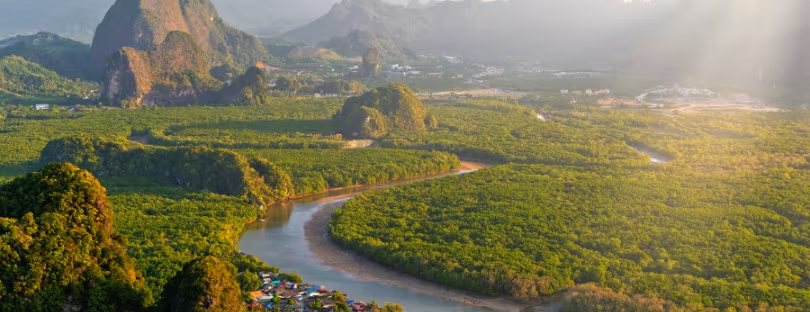
The Amalfi Coast: Where Time Slows Down and Magic Happens
Let me start by saying this: if the Amalfi Coast isn’t on your travel list yet, it absolutely should be. And not just because it’s beautiful—which it is—but because it’s one of those rare places that truly lives up to the hype. The kind of place where lemons are as big as grapefruits, cliffs drop into turquoise waters, and every corner feels like it was designed for postcards.
I recently spent a week along this iconic stretch of Italian coastline, and let me tell you, it was a sensory overload in the best possible way. So, whether you’re daydreaming of a romantic escape, planning a trip with friends, or just need some armchair travel therapy, here’s what it’s really like to experience the Amalfi Coast.
First Impressions: That Drive
Let’s talk about that drive. If you land in Naples and rent a car (like I did—more on that in a bit), prepare for your jaw to drop at every twist and turn. The Amalfi Coast road, the SS163, is carved into cliffs so dramatically that you’ll feel like you’re in a James Bond movie. Honestly, it’s thrilling and terrifying at the same time.
The road winds through pastel-colored towns, terraced vineyards, and hairpin turns with barely enough space for two Fiats to pass. Add a few local bus drivers who clearly know the road better than you ever will, and you’ve got a white-knuckle ride. But somehow, it works—and once you get used to the rhythm, it’s all part of the adventure.
If you’re not up for driving, no worries—there are ferries and local buses, and even just walking around the towns is a dream.
Positano: The Star of the Show
Ah, Positano. If you’ve seen photos of the Amalfi Coast, you’ve probably seen this town—it’s the one where colorful houses cascade down the mountainside like a waterfall. And yes, it really does look like that in person.
It’s chic, it’s romantic, and it’s definitely a place to dress a little better than you normally would. Think flowy dresses, linen shirts, and a bit of Amalfi glamour. The town itself is mostly pedestrian, which means lots of steps—so pack comfortable shoes. But every turn offers a new view: hidden gardens, art galleries, boutique hotels, and those sea views that will stop you in your tracks.
Lunch at a cliffside restaurant with fresh seafood and a chilled glass of local white wine? That’s just Tuesday in Positano.
Amalfi Town: Where It All Comes Together
While Positano is the pretty princess of the coast, Amalfi Town is the queen. It’s got a bit more history, a bit more grit, and a lot of charm. This was once a powerful maritime republic, and the grand cathedral (Duomo di Amalfi) in the main square is a reminder of that past. If you’re into history, architecture, or just good gelato (which, let’s be honest, is everyone), you’ll love wandering around here.
What I loved about Amalfi was how lived-in it felt. It’s touristy, sure, but people actually live and work here. You can get lost in the narrow alleys, find tiny wine bars where locals hang out, and stumble upon little shops selling hand-made paper and ceramics.
Also: lemon everything. From lemon gelato to lemon-scented soaps and, of course, limoncello—Amalfi lemons are kind of a big deal.
Ravello: A Peaceful Escape in the Clouds
If Positano is all about the sea, Ravello is all about the views from above. This hilltop town sits high above the coastline and feels quieter, more relaxed, and almost dreamlike.
I went up to Ravello for a day trip and ended up staying the night. There’s something special about it—maybe it’s the music (there’s a famous classical music festival every summer), or maybe it’s the gardens at Villa Rufolo and Villa Cimbrone. These aren’t just gardens—they’re cinematic. Think ancient stone paths, manicured lawns, and terraces that open up to the sea hundreds of meters below.
And then there’s the silence. After the buzz of Positano and Amalfi, Ravello is serene. I sat with an espresso on a quiet terrace at golden hour and honestly felt like I could stay forever.
Food, Glorious Food
Let’s not pretend we’re not all here for the food. This is Italy, after all.
Meals on the Amalfi Coast are an experience. Think handmade pasta with fresh seafood—vongole (clams), mussels, squid—everything tastes like it was caught that morning. Tomatoes are sweeter, basil is fresher, and the olive oil? Don’t even get me started.
One night in Minori, I had lemon risotto that I still dream about. It was creamy and light, with just the right zing of citrus. Dessert is usually something like a sfogliatella (a flaky, ricotta-filled pastry), followed by a shot of limoncello that will make your eyes water in the best way.
Some Honest Tips
Alright, let’s get real for a second. The Amalfi Coast is stunning, but it’s also expensive. Hotels book fast, prices are high, and during peak season (June to August), it’s crowded.
If you can, go in May or September. The weather is still warm, but the crowds are lighter and the prices a bit more reasonable.
Also: pack light. Not just because of airline baggage fees, but because you’ll be hauling your suitcase upstairs, across cobblestones, and possibly into boats. Trust me—less is more here.
And don’t try to do everything. Pick a couple towns and really enjoy them. Take your time. Sip your coffee slowly. Swim in the sea. Eat too much pasta. That’s the whole point.
Final Thoughts
There’s something about the Amalfi Coast that lingers with you. It’s not just the views (although they’re unforgettable). It’s the rhythm of life—the way everything seems a little slower, a little more intentional.
People say it’s romantic, and it is. But it’s also fun, vibrant, chaotic in the most Italian way possible. It’s the kind of place that makes you want to throw your phone into the sea and just be.
So if you’re dreaming of lemon trees, sun-soaked cliffs, and the kind of vacation that feels like a movie—you’ll find it here.
Just make sure you leave a little space in your suitcase… you’re going to want to bring some limoncello home.











